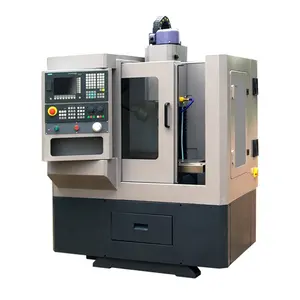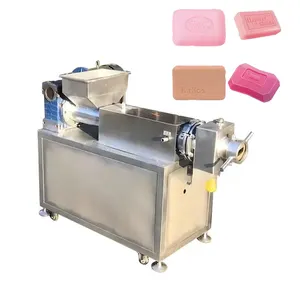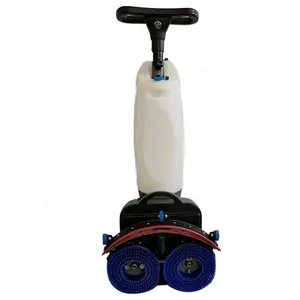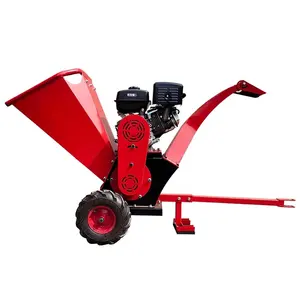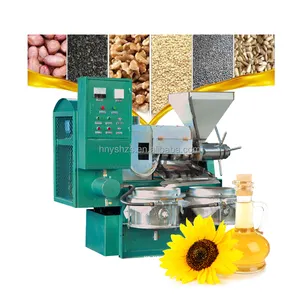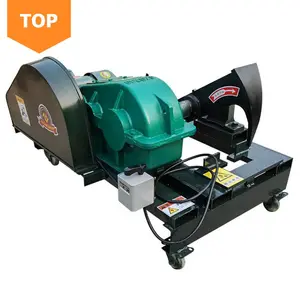Popular in your industry























































Top categories
About laser cutting machine for lycra
Laser cutting is quickly becoming the new way to sample metal, wood, and fabric, among other materials, thanks to reduced contamination and work holding. Industries are seeing new levels of precision, and the wastage of raw materials has dropped significantly. If you want to join this group of people, you can find the laser cutting machine for lycra that matches your space, job, and budget. At Alibaba.com, you can find suitable laser cutting machine for lycra products at affordable prices and upgrade your production process.
When out shopping for a laser cutting machine for lycra, you should evaluate the working station and be sure that there are no safety hazards. Couple this with background information on the material you want to use, the cutting technology you are comfortable with, and you can find your ideal match from the selection of laser cutting machine for lycra machines at Alibaba.com. These specialized equipment offer high precision cutting and come with different features that enhance their performance. From stainless steel builds, to different power ratings, and cutting heads, you can choose one that offers the precision cut you want for metal, wood, and other materials.
Alibaba.com features hundreds of products that work on different materials. You can now design and engrave shapes on your creations with ease. If you are in school, one of the laser cutting machine for lycra from Alibaba.com will make your work easier, even when etching becomes troublesome. Whether you’re working on leather, carbon steel, or stainless steel and need flexibility plus a cost-effective solution, the wholesale laser cutting machine for lycra collection at Alibaba.com is an excellent place to find a solution. These easy-to-install machines are straightforward, and you’ll only need a fitting computer to use.
